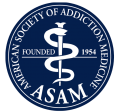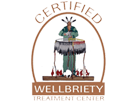Crack Abuse
What is Crack Cocaine?
Crack abuse has become unfortunately common. Crack cocaine is a chemically modified form of cocaine. While normal cocaine is a type of salt that is in a powdered form, crack cocaine is produced when that salt is combined with water and another substance such as baking soda. This mixture is then boiled which causes it to harden into a solid form. The name ‘crack’ comes from the sound that it makes while it is heated. These solids are broken into small chunks and sold as ‘rocks’. Crack is extremely addictive, because its effects are so potent and immediate. The high is nearly instant, but lasts for a short period of time, causing users to binge on it. This can, in turn, lead to faster dependence and more frequent crashing and negative side effects.
Crack abuse spread rapidly due to its much faster and more intense high than that associated with intranasal use. Crack also spread like a plague because it is comparatively inexpensive, and so strong. Researchers have estimated that abusers of crack cocaine are in the millions per year, and it does not seem to be slowing down. Like it’s powder relative, crack addiction and abuse is seen as young as 12 years old and across all different backgrounds, be it racial, economic or geographic.
Other slang references to crack include the following names:
- Rocks
- Base
- Jelly beans
- Gravel
- Nuggets
- Dice
- Candy
- Cookies
Crack Abuse
Crack is typically ingested by putting it into a pipe and smoking the drug. Smoking substances like nicotine, opioids and crack cocaine delivers the mind altering chemicals to the pleasure center faster than intravenous drug use. This is because the blood route from the lungs to the pleasure center is shorter than from the arm. So, you get high much faster when smoking than you do shooting.
Crack cocaine’s high takes effect extremely quickly, and peak very rapidly. Crack may seem to be cheaper than other street drugs, but the value is often a clever trick. Because the super-stimulated high lasts for only about 2-20 minutes, it wears off as quickly as it comes on and then you need to abuse again to get high. Since this high is so short-lived, users often abuse crack in binges and then go through a cycle of binging and crashing. The short-lived stimulant effect and longer lived energy-drain crash cycle of crack abuse fuels tolerance, dependence, and addiction.
Crack abusers often say: “I fell in love on the first hit.” This is one of the few drugs to which the body can actually develop a dependence to within the first use.
People abuse crack in order to chase a high that includes short-lived:
- Intense euphoria
- Grandiosity: increased sense of self-importance
- Heightened concentration and focus
- Central nervous system stimulation
- Reduced appetite
- Weight loss
Should I Seek Treatment for Crack Abuse?
Addiction is a devastating disease that destroys the lives of you and your loved ones if not dealt with. Substance abuse to any chemical can have terrible impacts on your life, health and wellness. Crack abuse will not only destroy your body, but burn down the bridges you’ve built with others. To overcome crack addiction, proper treatment is absolutely mandatory. Without the medical supervision and assistance a certified and accredited substance abuse rehabilitation center provides, serious complications may result from crack withdrawal. Because We Care, Royal Life Centers is committed to providing the safest, most effective medication-assisted crack detox. It is important to us that our guests have the easiest time that they can, detoxing comfortably with proper supervision. After that, treatment is followed by carefully structured, individualized medical regiments, an intensive therapy program both group and one on one, and extensive aftercare options. Do you think you or someone you love may have a problem with crack?
Withdrawal Symptoms from Crack Cocaine
Because it is a such a powerful narcotic, crack abuse is often harder to overcome than cocaine. Withdrawal can be even more painful, because the body and the brain are both addicted. Crack rewires your brain to become completely dependent on it, and as such, must learn to function without it. Some psychological symptoms even linger for weeks after detox.
Signs and symptoms of withdrawal include:
- Depression
- Poor concentration
- Fatigue
- Confusion
- Agitation
- Restless
- Paranoia
- Anxiety
- Volatile mood swings
- Hallucinations
- Powerful crack cravings
Crack dependence is linked to people behaving less rationally and logically. Relationships easily dissolve in the face of crack abuse. If you believe that someone you love is abusing crack, it is imperative that you contact a licensed rehab facility near you such as Royal Life Centers.
Crack Cocaine Detox
Crack abuse recovery treatment should begin with medical detox. This is a medically monitored withdrawal from crack performed by experienced detox and rehab medical staff. Physicians and their associates are able to monitor patients with regard to severe physical symptoms that may emerge during crack withdrawal. In a medical detox facility, the guest is kept under watch by medical staff 24/7 due to the dangers of withdrawal. This is a painful process, but the professionals at Royal Life Centers go above and beyond to make the process as smooth and comfortable for our guests. Because crack also affects you psychologically, guests may experience marked neuropsychiatric effects such as debilitating mood changes, agitation, unhappiness, and anxiety during crack withdrawal.
Addiction Treatment
After their medical detox, many patients begin transitioning to the most important part of treatment: residential or intensive outpatient rehab treatment.This is a fully comprehensive structured addiction treatment. Treatment focuses on the neuropsychiatric, psychological and social aspects of substance abuse. Individual and group therapy are among the many ways that recovery-sensitive cognitive behavioral therapy (RS-CBT) is delivered. The programs at Royal Life Centers also include holistic approaches to treatment, such as art therapy, music and even animal therapy to help our guests express themselves. We believe that connecting to your emotions and learning how to communicate is just as important as physical healing.
Quality treatment programs introduce patients to self-help groups and actually begin attending support groups such as Narcotics Anonymous (NA). Residential and intensive outpatient programs (IOP) usually last from 28 days to 1 year. Our residential inpatient program is a 2-week or a 30 day long program, while our intensive outpatient services are a part of our 12-week program that transitions guests from a partial hospitalization program (PHP) to intensive outpatient program (IOP). A residential and first part of IOP rehab stay is best followed by ongoing aftercare.
Reach Out
Change your life with one call.
We can help.






